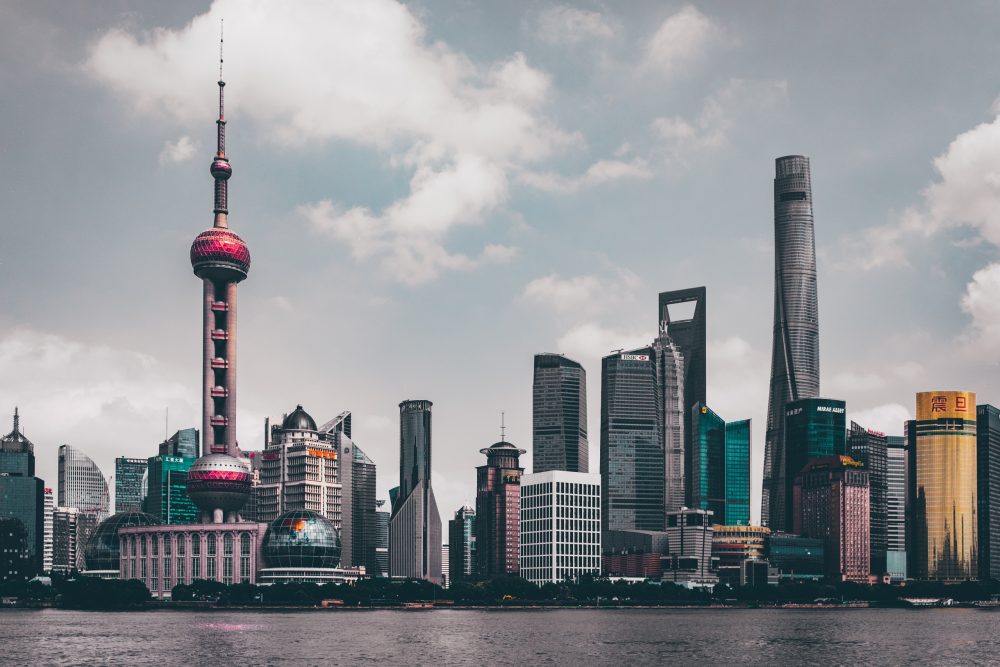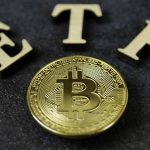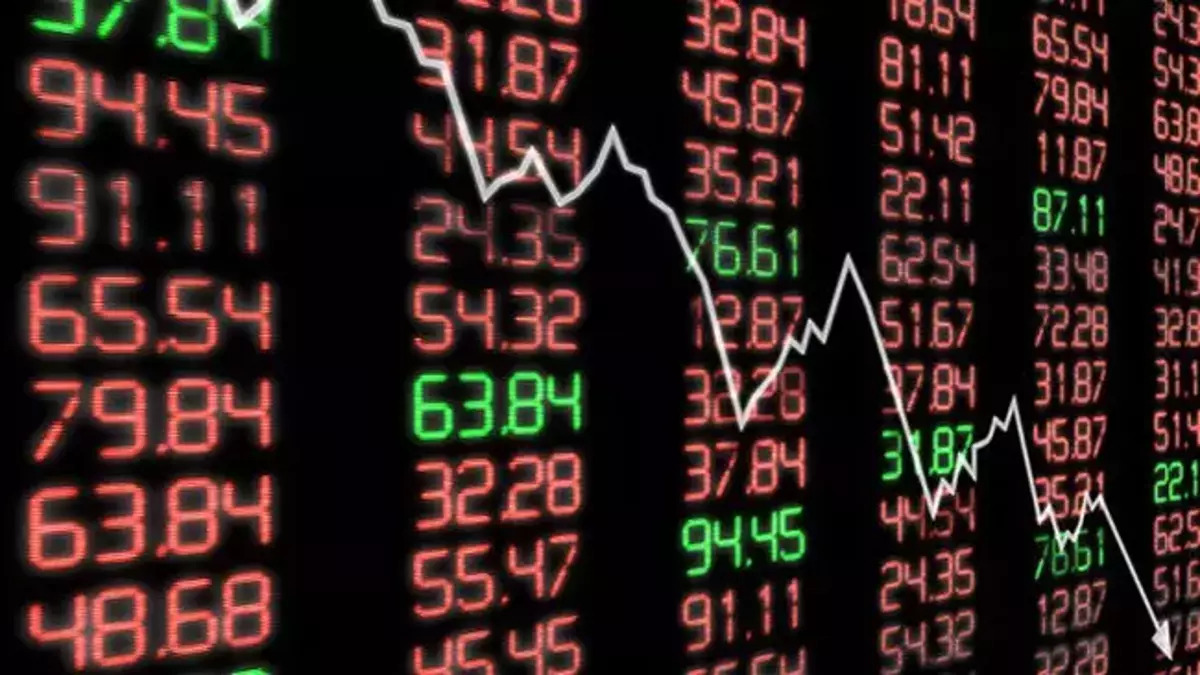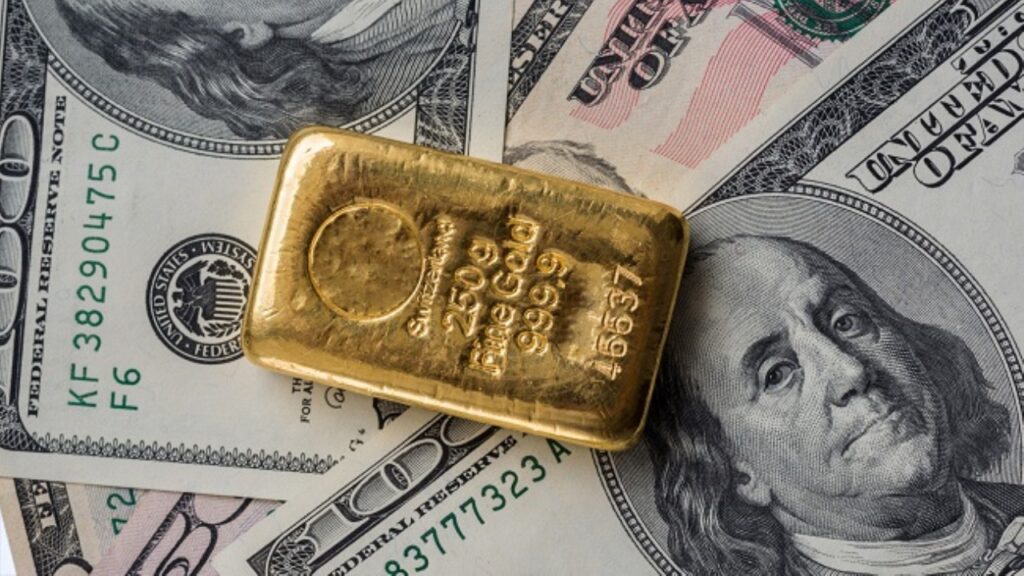Leading investment firm Standard & Poor’s Global (S&P) changed its expectations for China, the world’s second largest economy. Experts, who determined that the Asian giant could not achieve the expected momentum after the COVID-19 crisis, updated some indicators downwards.
Stating that the new incentives announced in the country will not bring enough action, S&P reduced China’s annual GDP growth forecast from 5.5% to 5.2%. The economists who wrote the report emphasized the effect of the housing market on pessimistic expectations:
Standard&Poor’s
The housing sector has a large share behind our downward change in our Chinese forecasts. The recession in the housing market causes economic activity not to recover at the level we expected. We have not yet achieved the expected improvement in consumer confidence.
How Did the Pandemic Affect China?
The Asian giant has separated from the whole world with the policy it implemented in the COVID-19 pandemic. While almost all countries have at some point tried to relax the measures, China has not made any concessions from the zero-case solution. Due to the harsh measures taken by the government, the Chinese economy experienced more pauses in production. The Jinping administration’s zero-case policy has also caused major problems in the global supply chain.
After the end of the pandemic process, all investment institutions expected a rapid recovery in the country. However, the stagnation and external conditions that started in the housing prevent the expected mobility.
The tight monetary policy implemented especially in the regions where China exports, reduced the demand for goods to Asia at a substantial level. According to the data of May, the decrease in the annual exports of the country by 7.5% is the most important data revealing this problem. On the domestic side, the low demand for housing and the rise of youth unemployment pushed the government to take different measures.
Interest Rates Are Falling!
In the face of the problems listed above, the Beijing government turned its attention to monetary policy. The People’s Bank of China, which started to cut interest rates last week, is signaling monetary easing. After the interest rate decision, government officials gave the message that new incentive packages are on the way.







